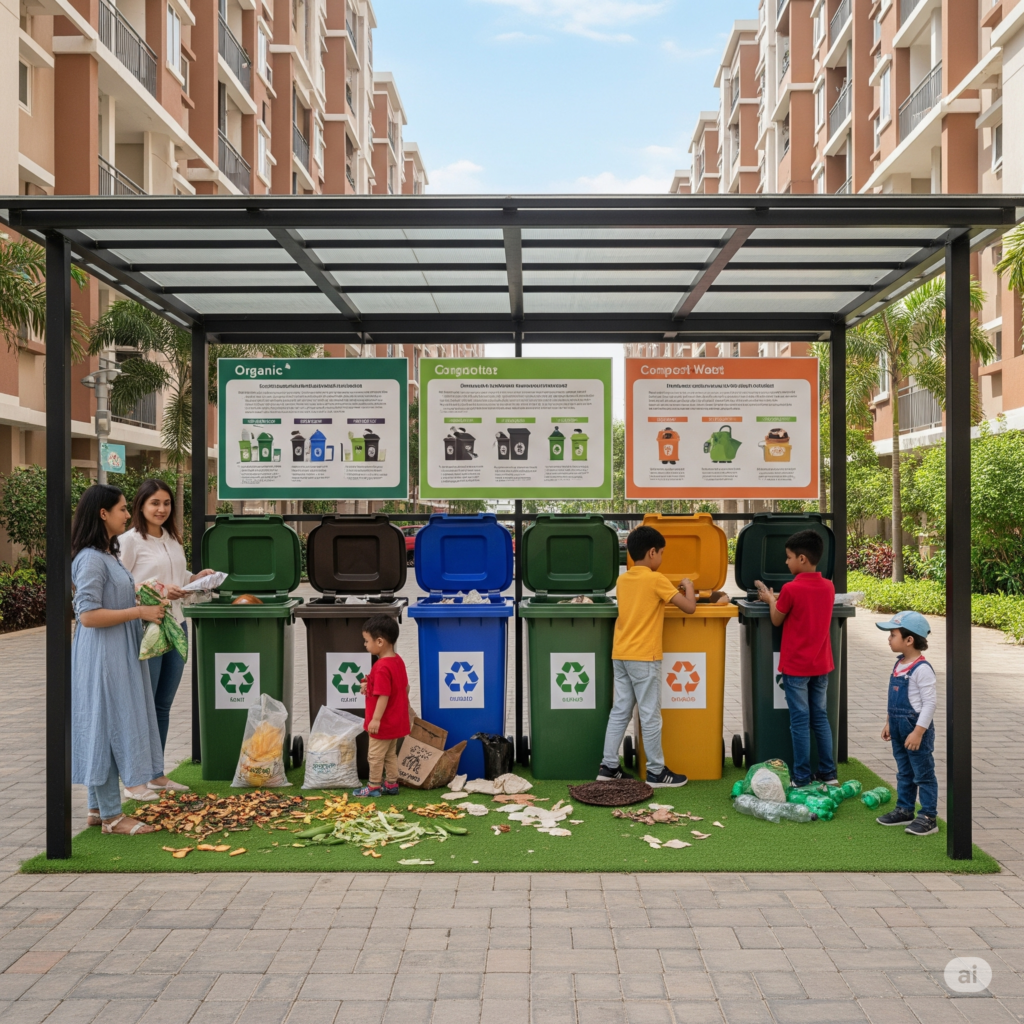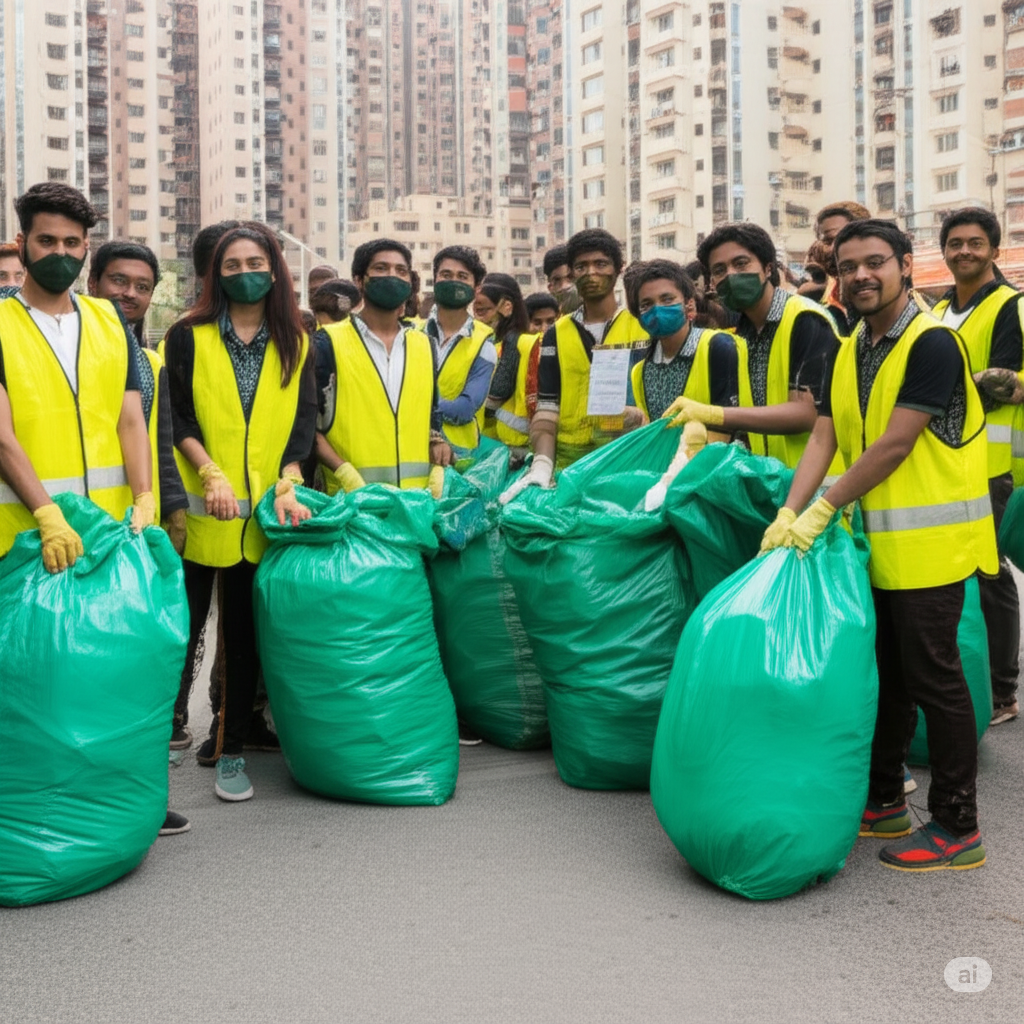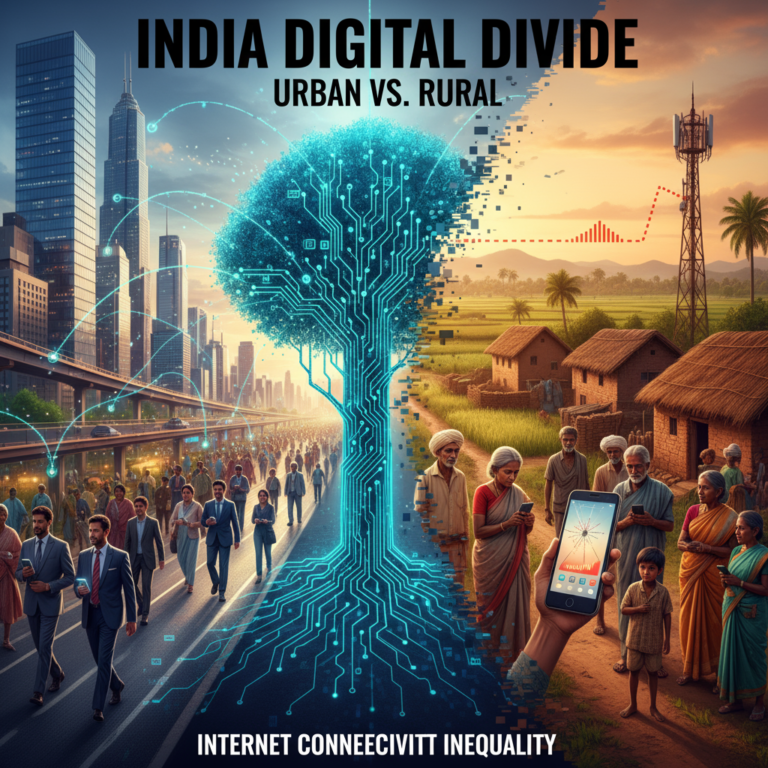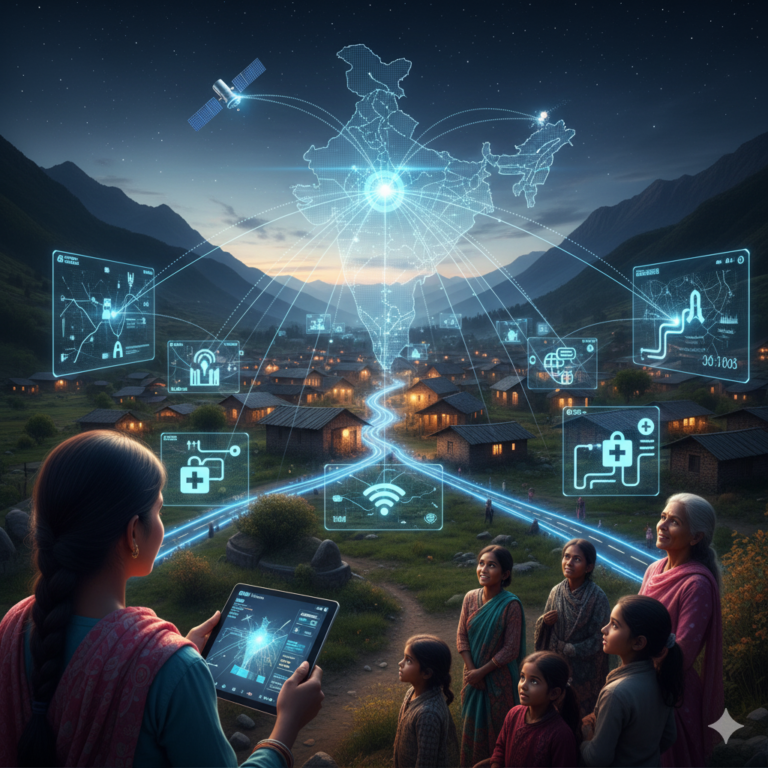Urban India is no stranger to waste woes. But behind every crisis—whether it’s Gurugram’s overflowing garbage or Delhi’s landfill fires—lies a powerful force for change: the community itself. When residents come together, they can drive real, lasting improvements in urban sanitation and cleanliness. Let’s explore how communities can—and are—taking ownership of their streets, and the wide array of strategies making a difference.
Why Resident Involvement Matters
- Local Knowledge: Residents know neighborhood patterns, problem spots, and can spot issues faster than officials.
- Shared Responsibility: Cleanliness becomes everyone’s business, not just the city’s.
- Accountability: Civic oversight pressures municipal agencies and private contractors to act.
- Sustainable Results: Changes stick when they’re owned by the community.
Proven Resident-Led Strategies
1. Resident Welfare Associations (RWAs) in Action
RWAs mobilize neighborhoods to coordinate with municipal agencies, monitor collection schedules, and act as the first line of accountability. Many successful localities utilize RWAs or Mohalla Committees to:
- Report missed waste pickups and illegal dumping.
- Negotiate service terms with waste collectors.
- Organize group clean-up drives and awareness activities.
2. Waste Segregation at Source
Communities that rigorously separate wet, dry, and hazardous waste make municipal systems up to 30% more efficient. Strategies include:
- Home-based sorting campaigns and rewards.
- Peer pressure—posting stickers or recognition for compliant households.
- Involving domestic workers and housekeeping staff in education drives.
3. Decentralized Waste Management

Some colonies and apartments establish their own composting pits and dry waste collection rooms, drastically reducing what’s sent to landfills. Effective initiatives use:
- On-site compost bins for kitchen waste.
- Tie-ups with recyclers for plastics, paper, and glass.
- Community workshops on home composting and Bokashi methods.
4. Digital Civic Tools
Tech-savvy residents are leveraging WhatsApp groups, community apps, and city portals to:
- Report problems with geotagged photos.
- Track municipal response times.
- Petition city authorities or run social media campaigns for urgent fixes.
5. Children and Youth as Change Agents
Schools and youth clubs often spearhead awareness rallies, drawings, and educational skits. Students can:
- Conduct door-to-door campaigns.
- Create posters and slogans for community notice boards.
- Serve as “green ambassadors” monitoring neighborhood cleanliness.
6. Partnerships with NGOs and Startups
Resident groups collaborate with non-profits and clean-tech startups for resources, expertise, and volunteer muscle. Outcomes include:
- Bulk buy of composters or bins at a discount.
- Training for self-help groups in waste management livelihoods.
- Access to door-to-door collection and recycling services.
Table: Key Resident-Led Actions and Their Impact
| Solution | Key Outcome |
|---|---|
| Source segregation | Reduced landfill waste, higher recycling rates |
| Community composting | Lowered transportation, richer soil locally |
| Digital complaint systems | Faster resolution, data-driven action |
| RWA waste audits | Improved vendor performance, transparency |
| Youth engagement | Increased awareness, habit change |
Challenges and How Communities Tackle Them
- Worker Shortages: Neighborhoods pool funds for supplemental cleaning, especially during municipal strikes.
- Enforcement Gaps: RWAs set community fines or social penalties for repeated violations.
- Outreach Issues: Multilingual campaigns and accessible formats reach all segments, including domestic workers and senior citizens.
Success Stories
- Indore: Residents formed “Swachhata Committees” working in tandem with the corporation, transforming the city into India’s cleanest.
- Mumbai Housing Societies: Enforced zero-waste policies and partnered with startups for dry waste pickups, drastically cutting municipal load.
- Gurugram’s Sector Initiatives: Resident partnerships ensured daily monitoring and digital reporting, restoring services even during worker shortages.
Conclusion: People Power for Urban Cleanliness
India’s urban future depends on empowered, organized citizens. When communities own their waste and cleanliness agendas, they set standards for cities and instill a culture of responsibility. The most sustainable, impactful transformations come from the ground up—proving that every clean street is a story of residents stepping up together.









+ There are no comments
Add yours